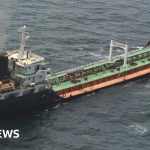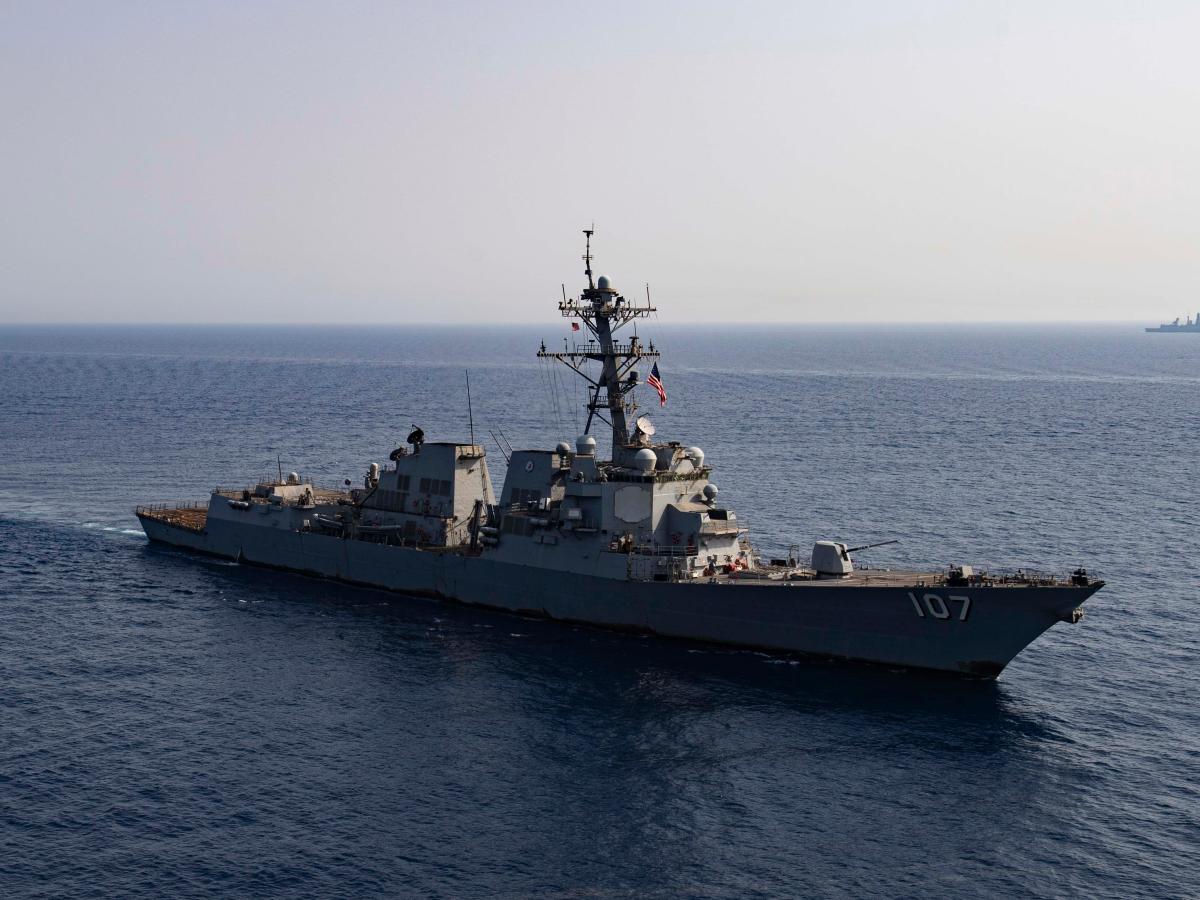-
The US Navy has spent over six months battling the Houthis in the Red Sea.
-
It’s a resource-consuming conflict with no end in sight, raising questions about sustainability.
-
Experts say the Houthis are managing to threaten shipping lanes despite the US Navy’s efforts.
The US Navy warships deployed to the Middle East have found themselves locked in a high-tempo operating environment as they work around the clock to battle unprecedented attacks from a restless enemy.
The Houthis have proven to be a wily and formidable foe. Five months after rounds of US-led coalition airstrikes to “disrupt and degrade” their capabilities, the militants continue to wreak havoc. They’re routinely forcing the US-led task force to intercept their missiles, bomb boats, and flying drones that have turned shipping lanes in the Red Sea and Gulf of Aden into a dangerous — and deadly — corridor.
The Houthis have struck multiple ships in the last week, and US officials say these attacks are unlikely to end anytime soon, raising concerns the US is stuck in a costly and unsustainable standoff.
The Houthis have managed to drag Washington into a prolonged, expensive, resource-depleting conflict and driven shipping costs much higher. While no American warships have been hit, the US must bear the growing financial costs and wear and tear to its warships.
Through their campaign, the rebels have not only proven their role as a formidable asset in Iran’s proxy network, but they’ve also demonstrated that they’re more than capable of threatening commercial shipping again in the future.
Is the US military’s approach sustainable?
US naval forces have expended a significant amount of resources battling the Houthis since the fall.
The Dwight D. Eisenhower Carrier Strike Group, which consists of the aircraft carrier Ike and several other warships, has fired off more than 500 munitions during its deployment, and its aircraft have flown tens of thousands of hours, Navy officials have disclosed in recent weeks.
The spent munitions alone account for nearly $1 billion, Secretary of the Navy Carlos Del Toro revealed in mid-April, although that figure has certainly gone up in the two months since. This figure, by itself, underscores the growing financial drain of America’s naval presence in the region, and it doesn’t include the other costs that help sustain the operation.
Business Insider asked the Pentagon and US Central Command for the total cost of counter-Houthi operations but is yet to receive a response.
The US has relied on expensive missiles to destroy Houthi weapons that cost a fraction of the $2.1 million SM-2 interceptor, for instance, but experts say the Pentagon can sustain the increasing missile expenditures for what could be years. What’s more of a concern for the US, they say, is sustaining the warships from which these munitions are being launched.
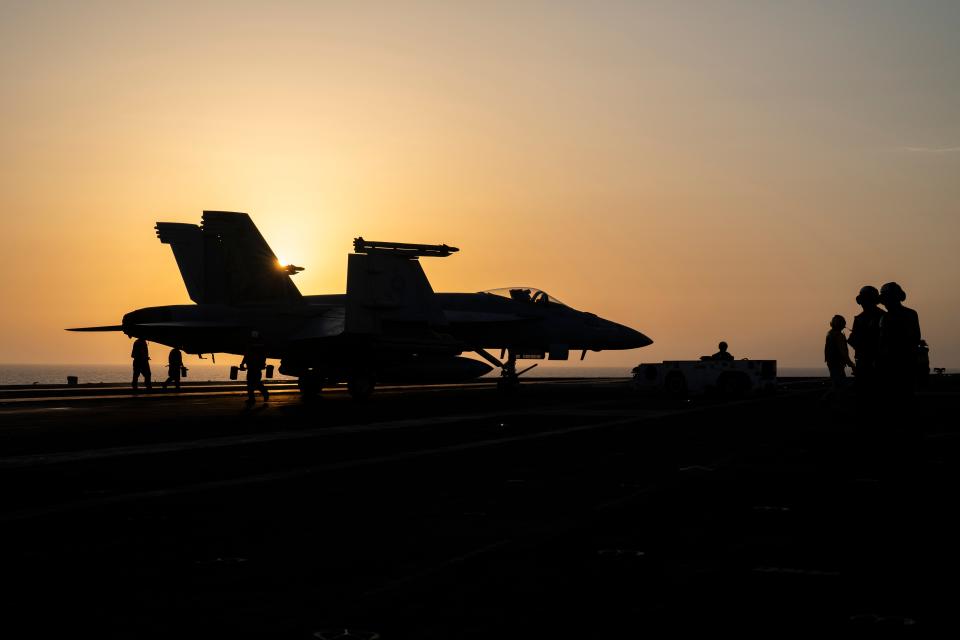
Director of National Intelligence Avril Haines warned last month that the Houthis are likely to remain active for some time. Elements of the Eisenhower strike group have already left the Red Sea once to be rearmed and resupplied, and the Pentagon recently extended its monthslong deployment for a second time.
“As long as we continue to have the will to do this, we can sustain this,” retired Gen. Joseph Votel, who served as the CENTCOM commander in the 2010s, told Business Insider. “We’re big enough, we have enough capability and capacity to do that. What will matter will be the will of whether we want to continue to pursue this.”
A spokesperson for the White House National Security Council said the US remains committed to fighting the Houthis because the rebels remain a “very viable threat” and are still causing problems for shipping companies.
“We will continue to do everything that we can to knock that steel out of the sky and make sure that our Navy is fully prepared to do so,” John Kirby told reporters at a Tuesday briefing when asked by BI about the sustainability of the mission.
“We believe it’s still vital, and we’re going to treat it that way when it comes to resourcing it,” he added.
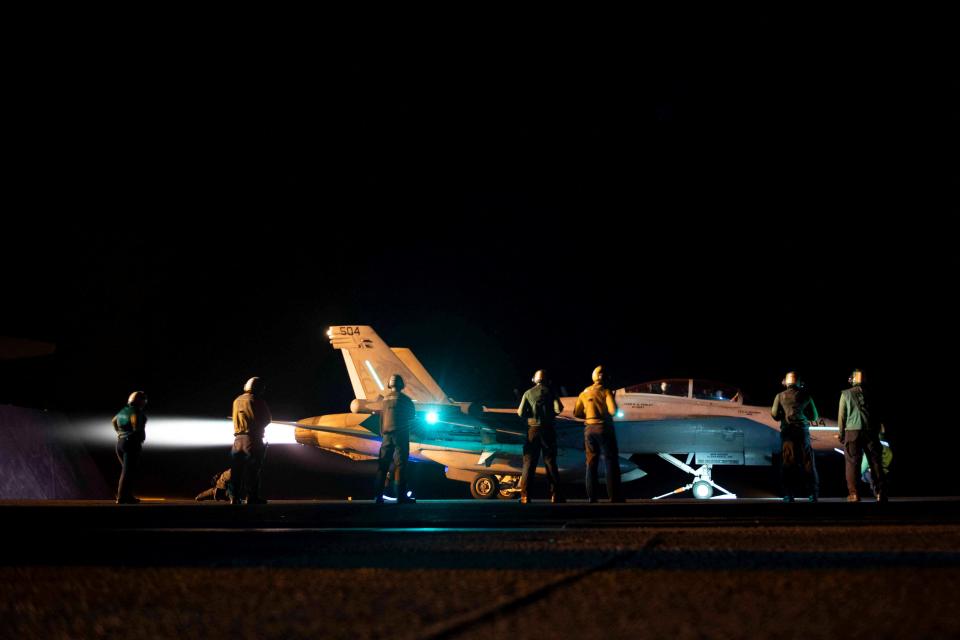
The US has taken several steps to degrade Houthi capabilities with firepower of its own. American forces have conducted several rounds of joint strikes with the UK, targeting rebel facilities and assets across Yemen, and unilaterally destroyed missiles and drones before they can be launched.
The Pentagon has asserted that these routine actions have managed to help degrade the Houthis’ capabilities. Haines, however, said they have been “insufficient” to stop the rebels, and experts agree that the US military strategy has largely been unsuccessful.
“I think, unfortunately, the Biden administration has settled into a rhythm where, because of the Houthi attacks on commercial shipping, they feel like they have to do something,” Brian Finucane, the senior advisor for the US program at the International Crisis Group, told BI.
“And as is all-too-often the case, that ‘do something’ is respond militarily, even if the military option is not particularly effective at bringing about an end to them,” said Finucane, a former lawyer at the US State Department.
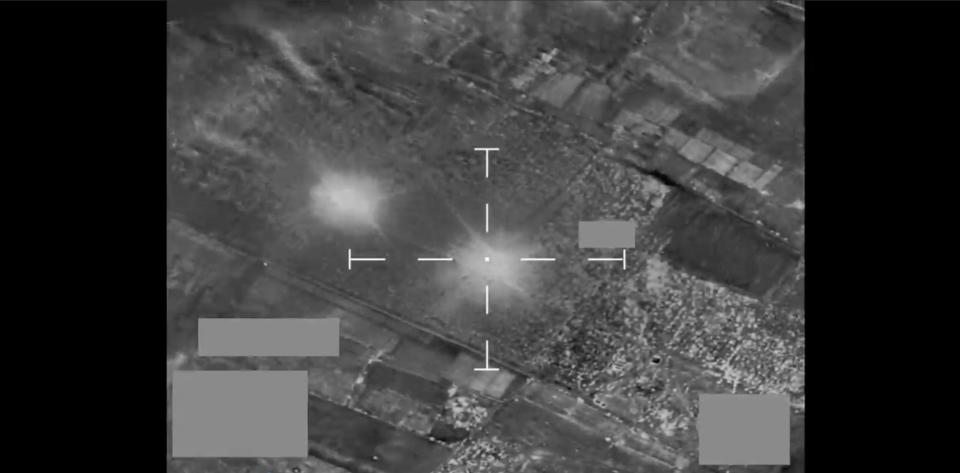
The US, in its strikes, has gone after radars, weapons storage facilities, launch sites, and other rebel assets in Yemen, but the Pentagon has stopped short of taking its military response “to the next level,” Votel said. “We are largely defending and blunting, and not trying to remove the capacity that the Houthis actually have.”
An ‘unstable and unsure’ future
For years, the Houthis’ destabilizing activities were kept to a regional level, as the rebels fought a catastrophic civil war with Yemen’s internationally recognized government and against Saudi Arabia, its neighbor to the north.
But the attacks on commercial shipping have thrust the Houthis onto the world stage. By participating in attacks on Israel and Western naval forces, the rebels have attempted to position themselves as a valuable member of Iran’s regional proxy network. More tangibly, though, they have managed to throw a wrench into the workings of a major shipping route, impacting the world economy.
As of February, for instance, shipping through the Red Sea — which normally accounts for up to 15% of international maritime trade — had declined by around 90% since December 2023, according to a Defense Intelligence Agency report published on Thursday. Ships that take an alternate route around Africa add time and money to their journeys.
The impact of these attacks, which have affected the interests of at least 65 countries, is a win for the rebels.
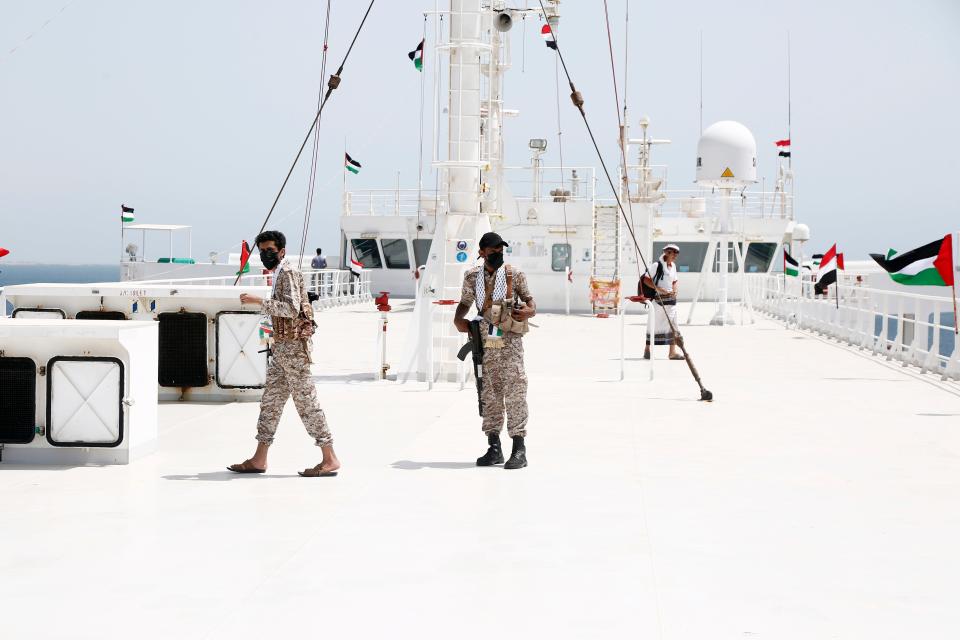
“They seem to have succeeded in disrupting one of the primary national security interests that we have in the region, and that is the free flow of commerce and goods through the waters of the region,” Votel said. “That’s got to be viewed as a success from their standpoint.”
The Houthis have claimed that their actions are in response to Israeli military action in Gaza, itself a response to Hamas’ Oct. 7 massacre, but US officials have pushed back on these claims, citing the wide range of countries that have been impacted by the maritime attacks.
Whether a new, lasting ceasefire in Gaza pushes the Houthis to stop their attacks remains to be seen. Notably, the rebels did not adhere to the first ceasefire between Israel and Hamas in November.
Even if the Houthis do stop their attacks as a result of a ceasefire, experts warn that the rebels have demonstrated they retain the weaponry to target shipping lanes whenever they want — a strategy they could always turn to down the road if they contest any sort of regional development, like Israeli military action.
“We are set for a very unstable and unsure period in the foreseeable future,” Farzin Nadimi, a senior fellow at The Washington Institute for Near East Policy and an expert on the Persian Gulf region, told BI. “There is a possibility that [the] Houthis will continue to assert some form of control over the shipping traffic in the Red Sea and Bab al-Mandab [Strait].”
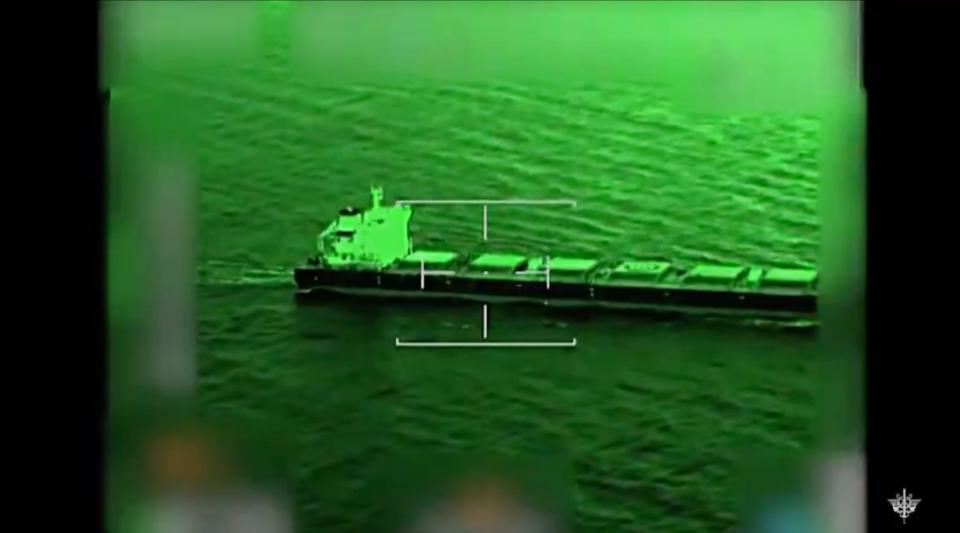
Ultimately, any near-term solution to the Houthi conflict this time around may not actually address the long-term threat that the rebels pose, experts say, and the Biden administration’s current military approach seems unlikely to permanently fix the problem.
“There’s no easy military solution to the various challenges that the Houthis pose,” Finucane said. “It’s going to require a longer-term political diplomatic process.”
For now, though, the Houthi attacks are certain to continue. Over the past week alone, the rebels have struck multiple commercial vessels, even hitting one with an explosive-laden drone boat for the first time — something they’ve failed to do in previous attempts.
Several Western nations, including the US, are keeping their warships in the region, ready to shoot down missiles and drones at a moment’s notice. But with a Gaza ceasefire still out of reach — seemingly the only short-term way that the Houthi attacks might end — these countries are unlikely to pack up and head home anytime soon.
“We have to expect the Houthis will maintain at their current pace for some time,” Nadimi said. “Therefore, the Western navies in the region are facing this challenge — whether they can sustain their assets.”
Read the original article on Business Insider




